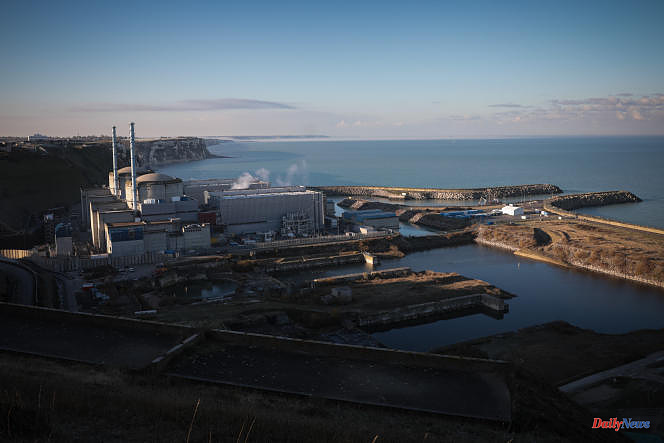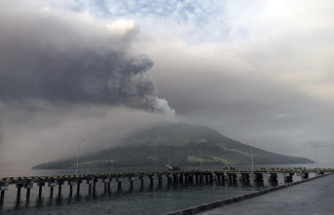This is a new problem for EDF and its nuclear fleet. The electrician discovered a crack larger than expected on a weld of an emergency circuit of a stationary reactor, Penly 1, in Seine-Maritime.
In a note, which went unnoticed until its media coverage on Tuesday March 7 by the Context site, EDF announced that it had detected a "significant stress corrosion defect" on an emergency pipe used to cool the reactor in the event of an emergency. The defect was uncovered during "metallurgical expertise" on "a weld filed in January", according to this note published on February 24 on the group's website.
EDF specifies that "the analysis is continuing" and "will be submitted to the Nuclear Safety Authority (ASN) for examination and approval". The fault concerns Penly 1, one of the reactors shut down as part of the extensive stress corrosion control programme.
The fortuitous discovery of this phenomenon in October 2021 had forced EDF to shut down many reactors for large-scale inspection and repair operations, contributing to the colossal losses recorded by the electrician in 2022.
EDF has decided to carry out inspections, sometimes accompanied by repairs, for 16 of the 58 reactors in its nuclear fleet, the most recent and considered to be the most sensitive to stress corrosion. Until now, it was only a question of microcracks, of the order of a few millimeters.
But according to several sources interviewed by Context, "the crack discovered by EDF is massive: 23 millimeters on a 27 millimeter pipe". "What is new (...) is the depth of the crack", explains to Agence France Presse Yves Marignac, energy expert and member of the permanent groups of experts of the Nuclear Safety Authority. The piping could have been weakened by a repair operation aimed at "realigning" circuits, at the time of the construction of the reactor.
According to EDF, "this weld had been repaired twice during the first assembly of the circuit during construction". "This significant stress corrosion defect was likely generated by these targeted 'double repair' operations during the first assembly of the pipes", admits the operator in his note.
The Penly power station, made up of two reactors, was commissioned between 1990 and 1992. It is part of the series of the most powerful reactors, known as "P'4", with a power of 1,300 MW. For Yves Marignac, "the fact that larger cracks are possible raises the question of the maintenance in operation of the 6 reactors of the same type P'4" pending their preventive repair, announced in December by EDF for the course of 2023.
Stress corrosion treatment strategy
ASN asked EDF to "revise its strategy" on the treatment of stress corrosion in some of its reactors after the discovery of "a deep crack on reactor 1 of the Penly power plant" in Seine- Maritime.
“This event had no impact on personnel or the environment. However, it affects the safety function linked to the cooling of the reactor, "said the ASN in an information note published on Tuesday. This crack detected near a weld of a backup line used to cool the reactor in an emergency "extends 155 mm, or about a quarter of the circumference of the pipe, and its maximum depth is 23 mm, for a pipe thickness of 27 mm”.












